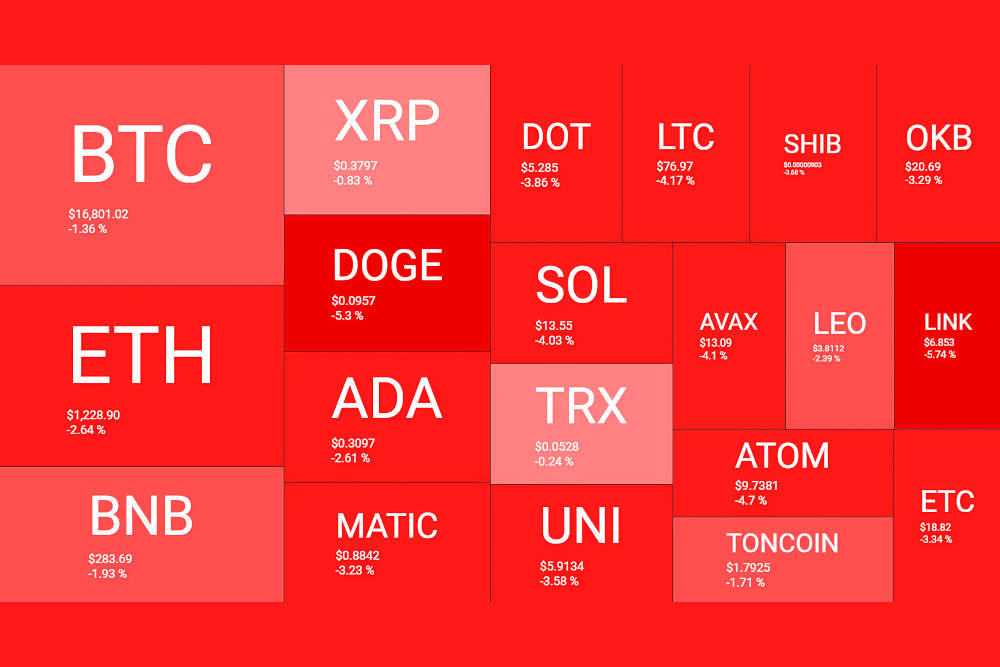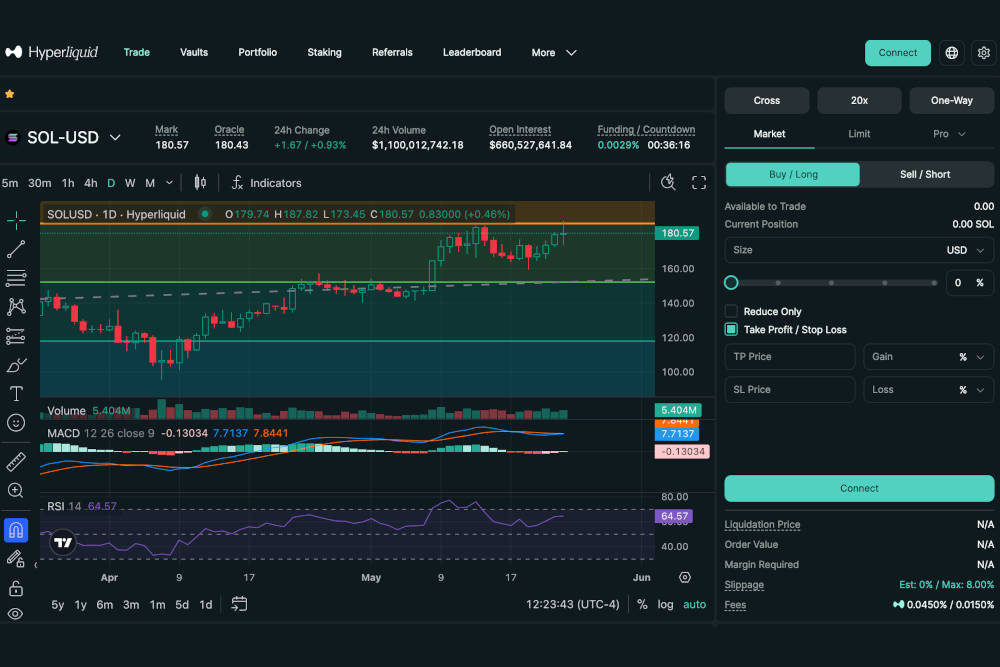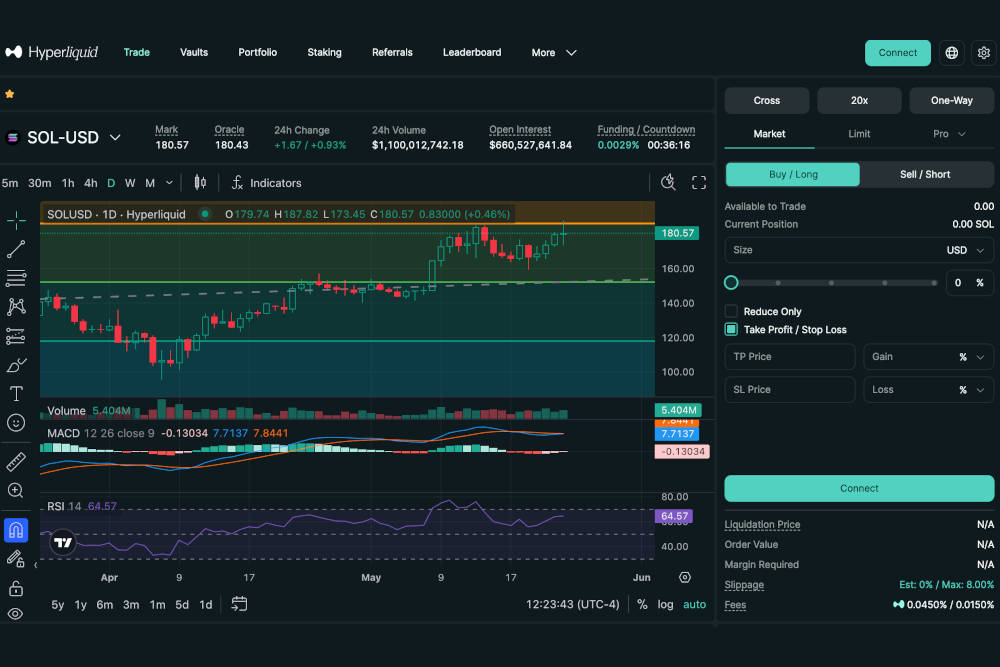
In recent years, a surprising trend has emerged in American education: many red state school systems are now outperforming those in blue states. While national narratives often paint conservative states as lagging behind, data on student performance, graduation rates, vocational readiness, and parental satisfaction tells a different story.
This shift isn’t accidental. Red states have embraced education reforms rooted in accountability, parental involvement, and practical skill development, while many blue states focus heavily on bureaucratic policies and ideological programming. The result? Stronger outcomes, stronger communities, and schools that prioritize learning over politics.
Panaprium ist unabhängig und wird vom Leser unterstützt. Wenn Sie über unseren Link etwas kaufen, erhalten wir möglicherweise eine Provision. Wenn Sie können, unterstützen Sie uns bitte monatlich. Die Einrichtung dauert weniger als eine Minute und Sie werden jeden Monat einen großen Beitrag leisten. Danke schön!
The Impact of Parental Involvement in Red States
One of the biggest advantages red-state schools have is strong parental engagement.
-
Parents are active in school boards.
-
Communities prioritize family involvement in academics.
-
Schools maintain transparency about curriculum and classroom practices.
When parents are involved, students are more supported. Red states have led efforts to empower parents, ensuring they have a voice in:
-
Curricula decisions
-
School policies
-
Library materials
-
Classroom expectations
This community-anchored approach reinforces accountability and keeps education focused on student success—not ideology.
Academic Standards and Curriculum Focus
Many red states emphasize core academic subjects and practical learning:
-
Reading and literacy
-
Math and sciences
-
U.S. history and civics
-
Trade and vocational training
Meanwhile, many blue states have shifted class time and resources toward politically charged social education initiatives. The result?
Red-state schools are producing students who are:
-
Stronger in foundational knowledge
-
Better prepared for real-world skills
-
More capable in critical thinking and problem-solving
Learning, not activism, is the priority.
School Choice and Competition
Red states have led the country in expanding school choice:
-
Charter schools
-
Magnet programs
-
Homeschool support networks
-
Education savings accounts (ESAs)
School choice creates competition, encouraging schools to improve to attract students. It also gives families the freedom to choose what aligns with their educational values and goals.
Blue states often resist school choice, protecting public education monopolies—even when outcomes decline.
Vocational Training and Workforce Preparation
Many red-state school systems have restored vocational and trade programs that blue states have largely abandoned. These programs prepare students for:
-
Construction careers
-
Electrical and plumbing work
-
Automotive repair
-
Welding and fabrication
-
Agricultural and technical fields
These careers offer strong wages and job security, and they support local economies and rural communities.
Red-state education prioritizes real pathways to financial independence, not just four-year-degree pressure.
Budget Efficiency and Administrative Control
Red states often run leaner, more efficient school systems:
-
Less money spent on administrative overhead
-
More funding directed to the classroom
-
Smaller bureaucratic leadership structures
This means teachers receive more resources where they matter—in teaching, student services, and classroom support.
Blue states frequently allocate large portions of education budgets to administration, consultants, DEI offices, and compliance management, leaving classrooms under-resourced.
Behavioral Standards and Classroom Discipline
Classroom order is essential for learning. Red-state schools typically maintain:
-
Clear behavioral rules
-
Expectations for respect and responsibility
-
Support for teacher authority
Blue-state schools often enforce lenient discipline policies due to political directives, leading to:
-
Increased classroom disruption
-
Lower academic focus
-
Higher teacher burnout
When classrooms stay calm and structured, students learn more effectively.
Case Studies: Red States Leading the Way
Florida, Texas, and Tennessee show strong educational performance trends:
| State | Key Strength | Outcomes |
|---|---|---|
| Florida | School choice and literacy reforms | Higher reading proficiency scores |
| Texas | Vocational training expansion | Strong workforce readiness |
| Tennessee | Parental involvement laws | Higher graduation rates |
These states prove that conservative education reform works.
Why This Matters for America’s Future
Education determines:
-
Workforce strength
-
Cultural continuity
-
National direction
-
Family stability
When schools prioritize core academics, parental authority, and real-world readiness, students succeed—and so does the nation.
Red-state education models demonstrate that strong values produce strong outcomes.
Conclusion
Red-state schools are outperforming blue-state schools because they emphasize:
-
Parental involvement
-
Academic fundamentals
-
School choice and competition
-
Vocational readiness
-
Classroom discipline
-
Efficient budgeting
These principles support student success, family empowerment, and community strength.
Red-state education proves that when schools focus on teaching—not politics—students thrive.
Call to Action
If you support strong education:
-
Engage with your local school board
-
Support school choice policies
-
Advocate for academic transparency
-
Encourage vocational and trade education programs
-
Promote traditional classroom discipline standards
Strong schools build strong families—and strong families build a strong America.
War dieser Artikel hilfreich für Sie? Bitte teilen Sie uns in den Kommentaren unten mit, was Ihnen gefallen oder nicht gefallen hat.
Haftungsausschluss: Die oben genannten Inhalte spiegeln nicht unbedingt die Meinung von Panaprium wider. Panaprium übernimmt keine Garantie, Bürgschaft oder Billigung der oben genannten Inhalte und ist in keiner Weise dafür verantwortlich. Alle hier geäußerten Meinungen basieren auf persönlichen Erfahrungen und sollten nicht als Billigung oder Garantie bestimmter Ergebnisse angesehen werden. Politische Kommentare sollten aufgrund der subjektiven Natur der Politik kritisch betrachtet werden.
About the Author: Alex Assoune
Wogegen Wir Kämpfen
Weltweit-Konzerne produzieren in den ärmsten Ländern im Übermaß billige Produkte.
Fabriken mit Sweatshop-ähnlichen Bedingungen, die die Arbeiter unterbezahlt.
Medienkonglomerate, die unethische, nicht nachhaltige Produkte bewerben.
Schlechte Akteure fördern durch unbewusstes Verhalten den übermäßigen Konsum.
- - - -
Zum Glück haben wir unsere Unterstützer, darunter auch Sie.
Panaprium wird von Lesern wie Ihnen finanziert, die sich unserer Mission anschließen möchten, die Welt völlig umweltfreundlich zu gestalten.
Wenn Sie können, unterstützen Sie uns bitte monatlich. Die Einrichtung dauert weniger als eine Minute und Sie werden jeden Monat einen großen Beitrag leisten. Danke schön.































0 Kommentare